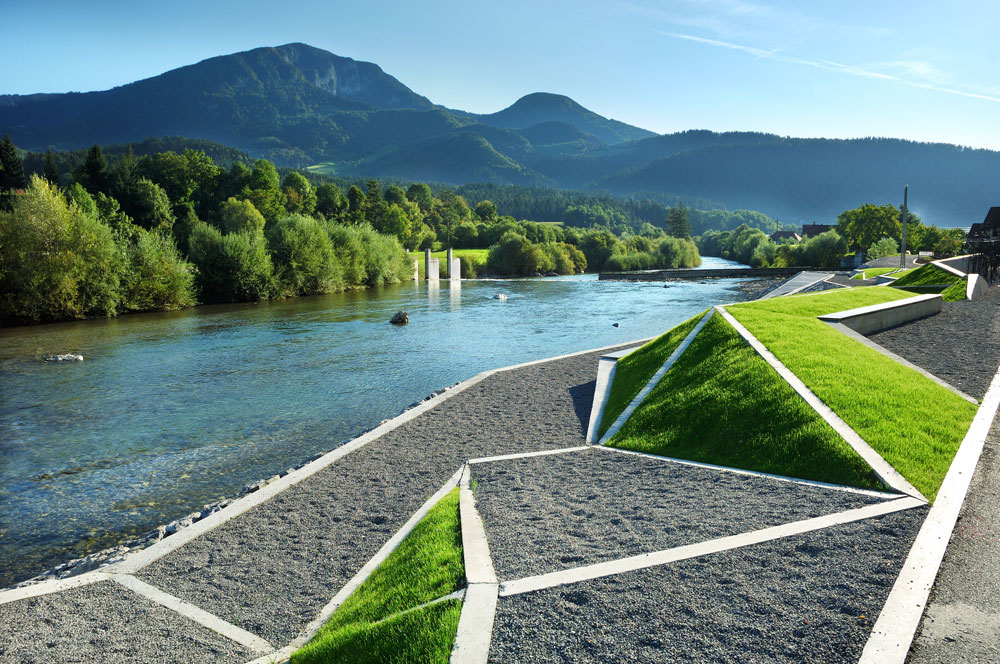The foundations of architecture
PLACE
-Relationship of contrast: Architecture dominates the landscape
-Relationship of camouflage and extreme integration
-Relation to organicism: The building is an ode to the place
-Relation to contextualism: This refers to the meaning of the building
SPACE
Frank Lloyd Wright: “The space inside the building is what makes it real”
Alois Riegi: “The objective architecture is divided into two parts (…) The creation of space and its limits”
-Classic space is closed and compact due to the large wall type used in historical architecture. It is centralized in the Renaissance, with at least one point of symmetry.
-Spaces without a centre
– Japanese (traditional space): It is not seen as a single unit or subunit, but rather as the sum of its individual rooms.
Modern space: Breaks down the space compact enough to allow horizontal and vertical connections
-Contemporary Space: Every building space is unique and continuous. This is the birth of the concept of free section, which involves deforming and twisting horizontal planes.
FORMAT
- Rhythm: Repetition in space of shapes
- Axis: Linear element which marks a direction and distributes space around it.
- Symmetry is the regular arrangement of points or parts of a body or figure with respect to a central, axle, or plan.
- Hierarchy: Relationship between an element and other elements based on a established approach (size , form , situation ).
- Module: A unitary element that serves as a proportional units and can be repeated on different scales.
- Grid: A grid of axes that serves as a guide for composition.
- Movement: The inconsistency of forms and variations of order are the inspirations for the notions of movement and displacement.
- Unity: The relation of the parts to one another, so that nothing can be taken away or added.
- Centrality: Space around a central point that attracts people to it.
- Balance: A complementary relationship between elements of a composition (static equilibrium or dynamic equilibrium).
- Limits: This is where there is a difference from the rest of the composition.
- Light: “Our eyes are designed to see the forms under light: The shadows and clearings reveal them” Le Corbusier
- Contrast: A relation between two objects that is strikingly different.
- Colour: A chromatic manifestation of the elements to use
- Texture: The final architectural perception is based on the surface finishing of the components.
- Proportion: A harmonic relation between dimensions that conforms to mathematical or geometric rules.
- Scale: The relationship between the building’s size and the human body’s.
FUNCTION
- Mechanical functionalism: Its roots are in the industrial revolution. The functions it links to create form.
- Organic functionalism: This is when the form assumes a biological sense and adapts to the living functions that must be performed in the environment.
- Moralistic functionalism: Utility exists to achieve a goal. Utility and beauty are so closely related that they can become confused. Beauty is precisely the act of making visible its utility and what it serves.
MATERIALITY & STRUCUTRE
Materials
- Stone
- Earth
- Bricks
- Wood
- Steel
- Concrete
- Glass
Technology
There are many technologies available today that can be of great assistance in architecture.
Computer-aided design (CAD) and Building Information Modelling are two examples of programs that can be used to help you design a building.
Precast architecture and 3D-built houses have been given more importance in the past years. We’ll be watching to see if these two aspects continue to gain prominence over the coming years.
